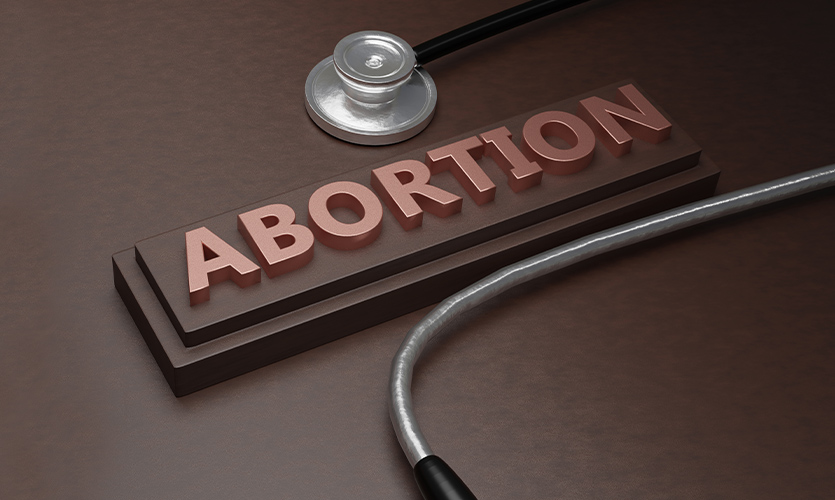Following the US Supreme Court’s decision to overturn the landmark Roe vs Wade decision of 1973, atleast 14 states have either criminalised, or imposed heavy restrictions on abortion procedures.
The ban on abortion not only hampers women’s right, but also brings into light an important concern – hindrance in the proper training of abortion procedures.
Restriction On Abortion Training
A 33-year-old medical student at the University of Oklahoma, Ian Peake, has mentioned in a conversation with Reuters that he spent four years observing doctors at the state’s Tulsa Women’s Clinic as they performed abortion procedures, as his medical school did not cover the topic, and did not provide any hands-on training.
However, following the US Supreme Court’s ruling to overturn the Roe vs Wade in the month of June, the clinic in Tulsa had to suspend abortion services as Oklahoma legislators took an anti-abortion stance, imposing almost a complete restriction on accessing it. This has left Peake with no option but to apply for residencies in some other state to learn about the procedures. “Its basically impossible to get abortion education in the state,” he said.
The Larger Picture
A lot of medical professionals and students, and women’s rights activists have raised concerns regarding the limited access to abortion training. It is daunting to think that the next batches of US physicians trained in states where abortion has been banned will get limited or no training regarding the procedures, and will lack important skills to treat a lot of women. “We’re going to have whole swaths of the country where medical students aren’t going to really know how these procedures work,” said Peake.
Several conservationist states had restricted medical schools from providing abortion training, even before the Supreme Court’s ruling. However, following that, more medical institutions and residency programs find it difficult to provide proper training in obstetrics and gynaecology. In 2020, 92 percent of obstetrics and gynaecology residents reportedly received some level of abortion training. Although as per a study published by the American College of Obstetricians and Gynecologists Journal, the number is expected to drop to 56 percent.
Medical institutes in the US are not required to provide the training by law, but as per the requirements and guidelines of the Accreditation Council for Graduate Medical Education (ACGME), all residents are supposed to know how to conduct all procedures, before they graduate.
The council has revised its guidelines stating that the residency programs in all those states where abortion has been restricted, must guide their residents into other alternatives. If due to any reason, a resident is unable to receive the training, they must still get classroom lessons using simulation, which is often conducted on a papaya or a dragonfruit. Many activists have raised concern as to whether performing an abortion procedure on a fruit can sufficiently train a doctor to perform the same procedure on women.
Pamela Merritt, the executive director of Medical Students for Choice, a group which advocates for abortion rights, said, “I’m very concerned that at some point very well-respected med schools are going to graduate students who have not received a modern medical education.”
Read more: Ukraine’s Surrogate Women In Danger As The Russian Invasion Of Ukraine Continues










